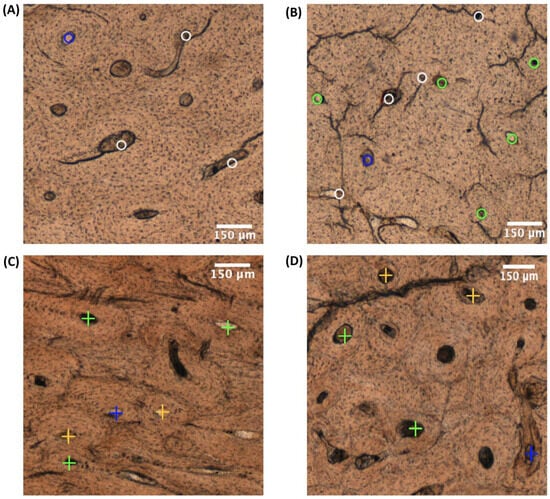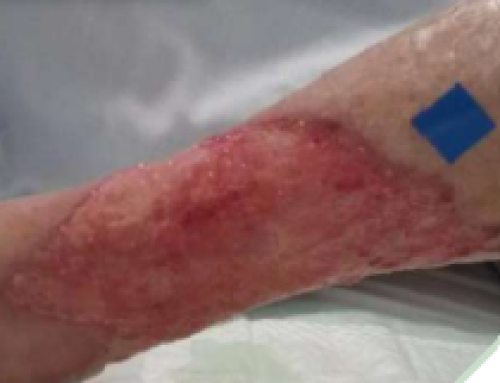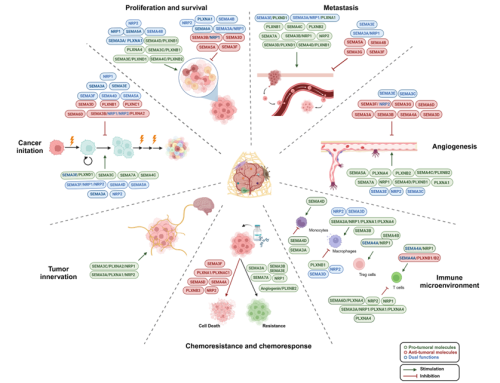
Article: Osteonal Damage Patterns from Ballistic and Blunt Force Trauma in Human Long Bones
Authors: Keira Sexton, Nathalie Schwab, Ignasi Galtés, Anna Casas, Nuria Armentano, Pedro Brillas,Xavier Garrido, Xavier Jordana
Abstract:
Forensic anthropologists play a key role in skeletal trauma analysis and commonly use macroscopic features to distinguish between trauma types. However, this approach can be challenging, particularly in cases of highly comminuted or incompletely recovered fractures. Histological analysis of microscopic fracture characteristics in fractured bones may thus help provide additional information on trauma type and bone fracture biomechanics in general. This study analysed the extent of microcrack damage to osteons in long bones with blunt force trauma (BFT) and gunshot trauma (GST), from both traumatic death cases and post-mortem experimental fractures. We identified four types of osteonal damage (OD). In traumatic death cases, OD affecting the inside of the osteon and compromising the Haversian canal (type 1) was found to be indicative of BFT. Moreover, OD affecting the cement line (type 3) and interstitial lamellae (type 4) was more common in the GST samples. OD affecting the inside of the osteon without compromising the Haversian canal (type 2) was not found to be indicative of either trauma type. In cases of experimental fractures, our study revealed that post-mortem fractures in dry bone samples featured the highest amount of OD, particularly of type 4. This study also found that the experimentally produced GST featured similar OD patterns to GST death cases. These findings support our hypothesis that there are distinct osteonal damage patterns in human long bones with BFT and GST, which are of relevant value for trauma analysis in forensic anthropology.
Keywords:
Forensic anthropology; hard tissue biomechanics; trauma mechanisms; long bone fracture; gunshot trauma; blunt force trauma; bone histology; microcrack












Leave a Reply